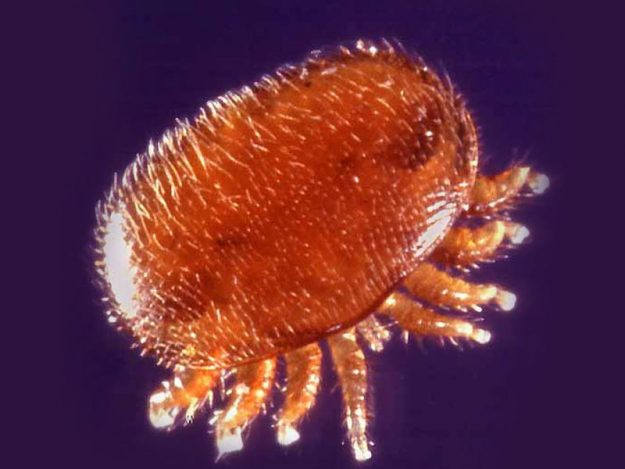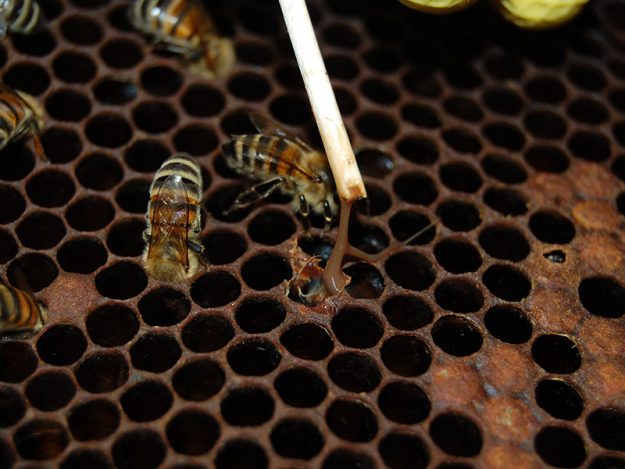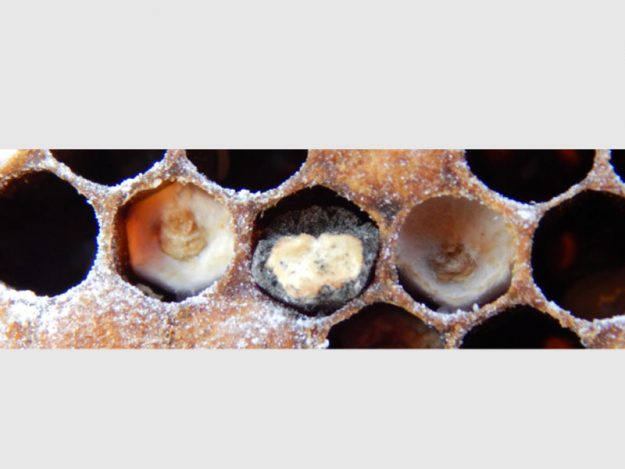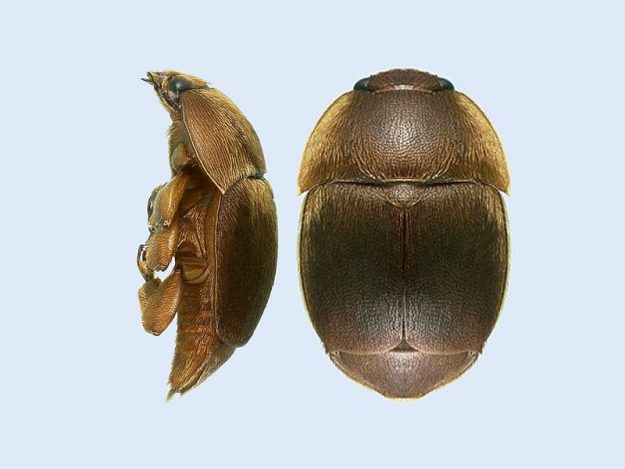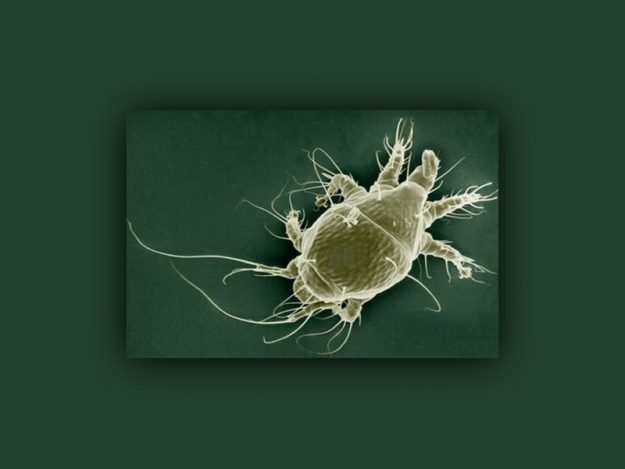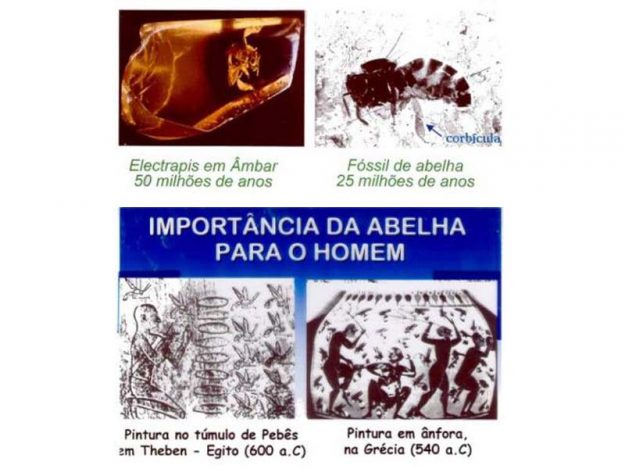Asian Scooter
Asian Scooter Asian Wasp arrived in Portugal and does not let the bees leave the hives After fungi, pesticides, climate change, habitat destruction, bees, now in a world decline, now have to deal with another threat: the Asian wasps. In Portugal, the region between Minho and Lima is most affected by these wasps. What would…



